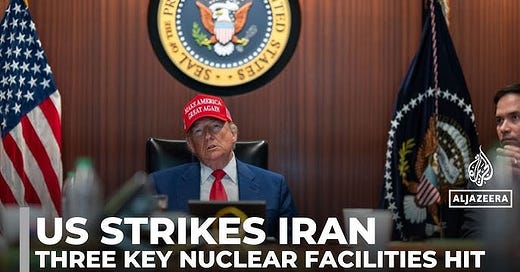As ever, I will keep my Iran analysis free to all. I am grateful to everyone who has shared it, and for the support that has boosted me into Substack’s World Politics bestseller list. This is a lengthy piece, and I appreciate you taking the time to share it. I wouldn’t have a platform without your support.
© 2025 Andrew Fox
Substack is the home for great culture



